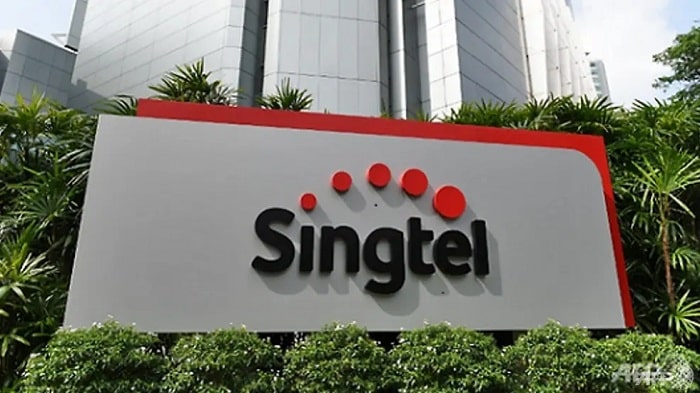Singtel distracted the industry from a weak set of full-year results with the publication of a new strategy that includes the planned sale of a broad swathe of infrastructure assets.
The Singaporean incumbent joins a long list of global telecoms operators looking to monetise infrastructure. It has already made a start, having kicked off the process to offload around two thirds of its Optus unit’s mobile towers in Australia, an auction that financial analysts have put at around the A$2 billion mark. Now a whole load more assets are on the block, including towers, satellites, subsea cables and data centres across the operator’s footprint in the Asia-Pacific region.
“Through the years, we’ve built a suite of quality infrastructure assets to support the growth of our business,” said Yuen Kuan Moon, who took over as Singtel’s group chief executive in January.
“Given the disruptions of the past year and the massive pivot online, demand for such assets have surged and made valuations very compelling,” Mr Yuen said. “The timing is now good for us to improve returns from these holdings where appropriate, to grow the company and maximise value for Singtel shareholders.”
It’s also good timing when you consider that Singtel shareholders were unlikely to have been overjoyed by its full-year numbers.
The telco reported a 5% slide in operating revenue to S$15.64 billion (US$12 billion), blaming NBN migration revenue tapering off for Optus’ fixed business as migrations neared completion, the ongoing impact from COVID-19, and continued carriage erosion. EBITDA dropped 16% to S$3.8 billion and net profit was down 49% to S$554 million, the latter figure hit by S$1.18 billion in exceptional charges, including non-cash impairment charges for investments in mobile advertising platform Amobee and cybersecurity firm Trustwave.
“Rapid shifts in the fast-moving digital marketing and cyber security industries and economic shocks resulting from COVID-19 curtailed both businesses’ ability to scale, and a strategic review of these two businesses is underway,” Singtel said.
That review will form just part of a broader strategic rejig for Singtel. The new strategic direction it outlined this week is set on on three pillars: building on 5G to reinvigorate the consumer and enterprise business; developing new growth engines in ICT and digital services; and monetising those infrastructure assets.
In terms of concrete plans, it’s all pretty vague. The telco made a lot of sweeping statements about growing 5G market share and growing enterprise 5G and cloud solutions, as well as its aim to “double down on the digitalisation of its operations to drive productivity, make cost improvements and get even more digital.”
On the growth engines side, much seems to hinge on its ICT unit NCS, which was separated out from its enterprise business and given greater autonomy as part of an organisational change announced in late 2020. NCS will be “repositioned for growth, with the goal of becoming a B2B digital services champion in Asia Pacific,” Singtel said. It will set up two business units – one for telecoms and one for government – and some of Trustwave’s technology services will also be wrapped into NCS.
“With its public-sector focus, NCS has been a consistent revenue growth engine for the Group over the years. It makes a lot of sense to develop this growth engine by casting its net further afield into the enterprise sector and markets outside Singapore where we have presence and synergies. There will be no letting up in the e-government side of the business, but this is a major turning point for NCS – we are growing our capabilities and repositioning ourselves to capture new business from the private sector which should provide a growth uplift from the ongoing digital race,” Mr Yuen said.
He gave nothing away on plans for the sale of assets, other than to share the aforementioned list of infrastructure assets Singtel has built up over the years.
The CEO went on to describe Singtel’s new strategy as its most significant move in recent years to refocus the business and capitalise on digitalisation. “With the mass migration online over the last 18 months, the pandemic has also accelerated trends that were already redefining the basis for success for our industry. We intend to use this unique opportunity to make profound changes, restructure and reposition to emerge stronger,” he said.
Or to put it another way: our numbers don’t look great and we need to do something about it.




















